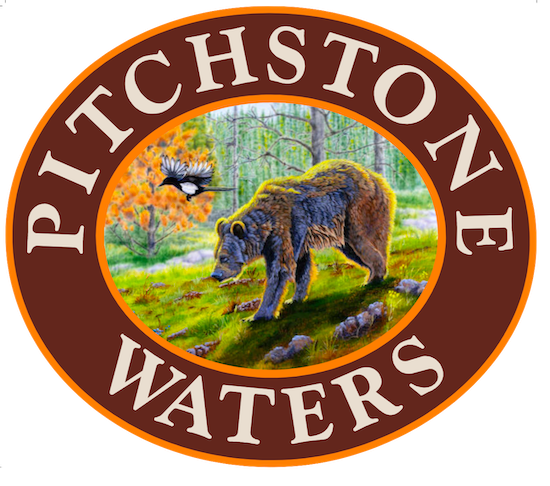Restoring Biodiversity - 10/28/2025
The slaughter of elk at Yellowstone National Park. The long-term Plan for American ranchers. Why this cattle farmer moves his cows every day. And more...

Thank you for subscribing to the Pitchstone Waters weekly newsletter.
Here is what we’ve been reading, watching and writing about over the past week…
Articles

The Slaughter of Elk at Yellowstone National Park
Limited hunting and treatment for brucellosis are essential for elk herd health in Yellowstone.
Videos

The Long-Term Plan for American Ranchers
"The President hears them, he has to address both of these problems—for the ranchers, but also for the American consumer. He promised to lower costs, and that's what he's committed to doing."
The steps being taken to strengthen our ranching industry have the potential to benefit wildlife and habitat, as well as our precious ranching and farming culture.
Our ranges and forests suffer from lack of animal impact. Getting cattle back on the land benefits habitat. Healthier habitat benefits wildlife, in everything from forage production to wildfire prevention.
Public health benefits because beef raised on land is healthier and safer than beef raised in feedlots, which require massive use of antibiotics, hormones and other additives.

Why This Cattle Farmer Moves His Cows Every Day
Gases which help to heat the atmosphere and contribute to climate change are a by-product of the cattle industry.
They include direct emissions of methane, a potent greenhouse gas, from cows, and carbon dioxide and nitrous oxide from the likes of packaging, transportation and fertilisers.
But one farmer in Georgia believes a different way of farming means his cows can be part of the solution. Will Harris says "it’s not the cow, it’s the how".
And that’s it - as always thank you..
If you haven’t already - please check out our views on biodiversity at https://pitchstonewaters.com
